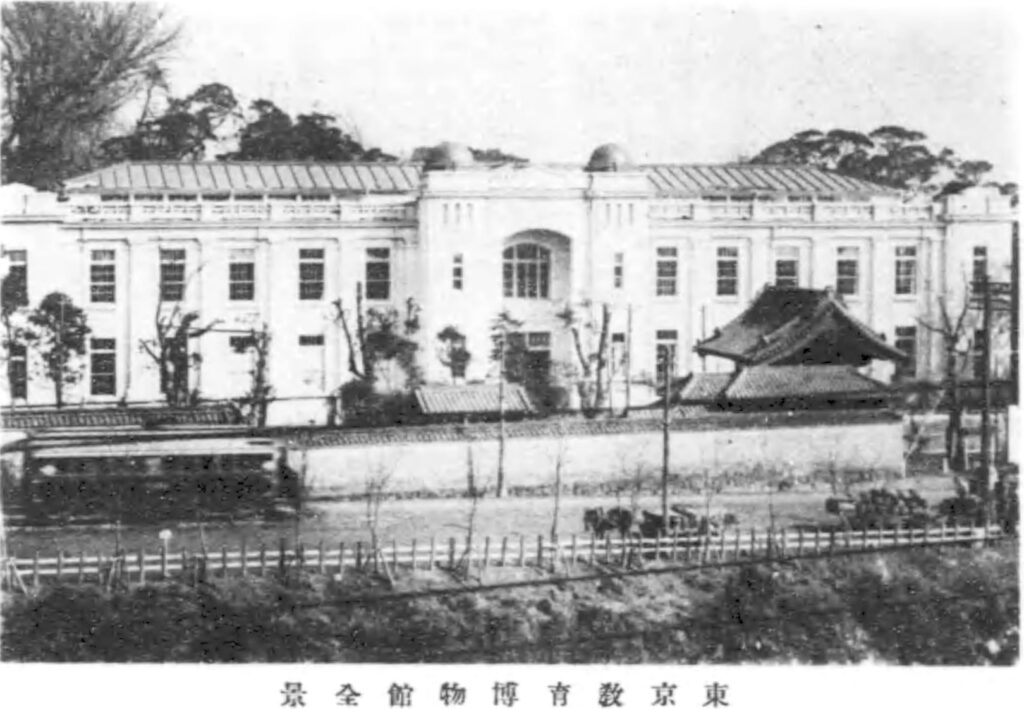The following passage shows how sporting goods manufacturer’s and distributor’s associations in Japan sponsored various sporting events since the 1920s, including events in which karate was showcased (Nakamura et al. 2008: 1-2).
At the Peace Memorial Tokyo Expo held in Ueno from March 10th to July 31st, 1922, the Tokyo Sporting Goods Manufacturer’s and Distributor’s Association exhibited various sports equipment and accessories. In addition, from April 30th of the same year, over a period of one month it also co-sponsored the Sports and Physical Education Exhibition sponsored by the Ministry of Education at the Museum of Education, and exhibited a large number of sporting goods and related items. Starting with these two exhibition projects, the association has since sponsored many fairs and exhibitions.
While well-directed business interests of related industries are a point of interest, it is rarely discussed within karate circles. Today usually training suits (dogi), practice equipment such as makiwara, weapons (kobudō), media (books, mags, mooks, and videos) come to mind when thinking about karate-related businesses. In addition there are the large national and international associations and federations and – more recently – the tourism industry that are clearly business-related on various levels. It is also noteworthy that many karate schools started out as individual enterprises and became small to medium-sized enterprises. This might be a fruitful topic for future research.
Another lead in the above passage is the Museum of Education (Kyōiku Hakubutsukan), mentioned as the venue for the 1922 Sports and Physical Education Exhibition. If this is correct, it should have been the actual venue where Funakoshi Gichin presented karate (in form of scrolls) in 1922 at the Sports and Physical Education Exhibition. In the following I will present a short overview of this Museum of Education.
Early Timeline:
1871: the Ministry of Education, Science and Culture established the Department of Natural History.
1872: Establishment of the “Museum of the Ministry of Education, Science and Culture “
1875: renamed to Tokyo Museum (Tōkyō Hakubutsukan)
1877: re-established as the Museum of Education (Kyōiku Hakubutsukan) at a new building on the site of the current Tokyo University of Arts in Ueno Yamauchi.
1881: Renamed to Tokyo Museum of Education (Tōkyō Kyōiku Hakubutsukan)
1921: renamed to Tokyo Museum (Tōkyō Hakubutsukan) again, under direct control of the Ministry of Education, Science and Culture.
1923: All facilities and materials are lost due to the fire caused by the Great Kanto Earthquake.
…
The following photograph shows how it looked like in 1920, that is, shortly before Funakoshi’s karate performance in 1922, and also before the loss of the facility in 1923 due to the Great Kanto Earthquake.

Currently, this place is the National Museum of Nature and Science.
Biblio: Nakamura Tetsuo, Shōji Setsuko, Ōkuma Hiroaki, Sanada Hisashi, Nakajima Ken, Hōgaku Atsuro, Kimura Kichiji: Wagakuni Sengo Fukkō-ki ni okeru Supōtsu Yōhin Oroshi-gyō Kumiai no Yakuwari to sono Katsudō (The Roles and Activities of the National Association of Sporting-goods Distributors in Postwar Japan). Japan Society of Sports Industry. Research on Sports Industry, Vol. 18, No. 1 (2008), pp. 1-2.
© 2020, Andreas Quast. All rights reserved.
